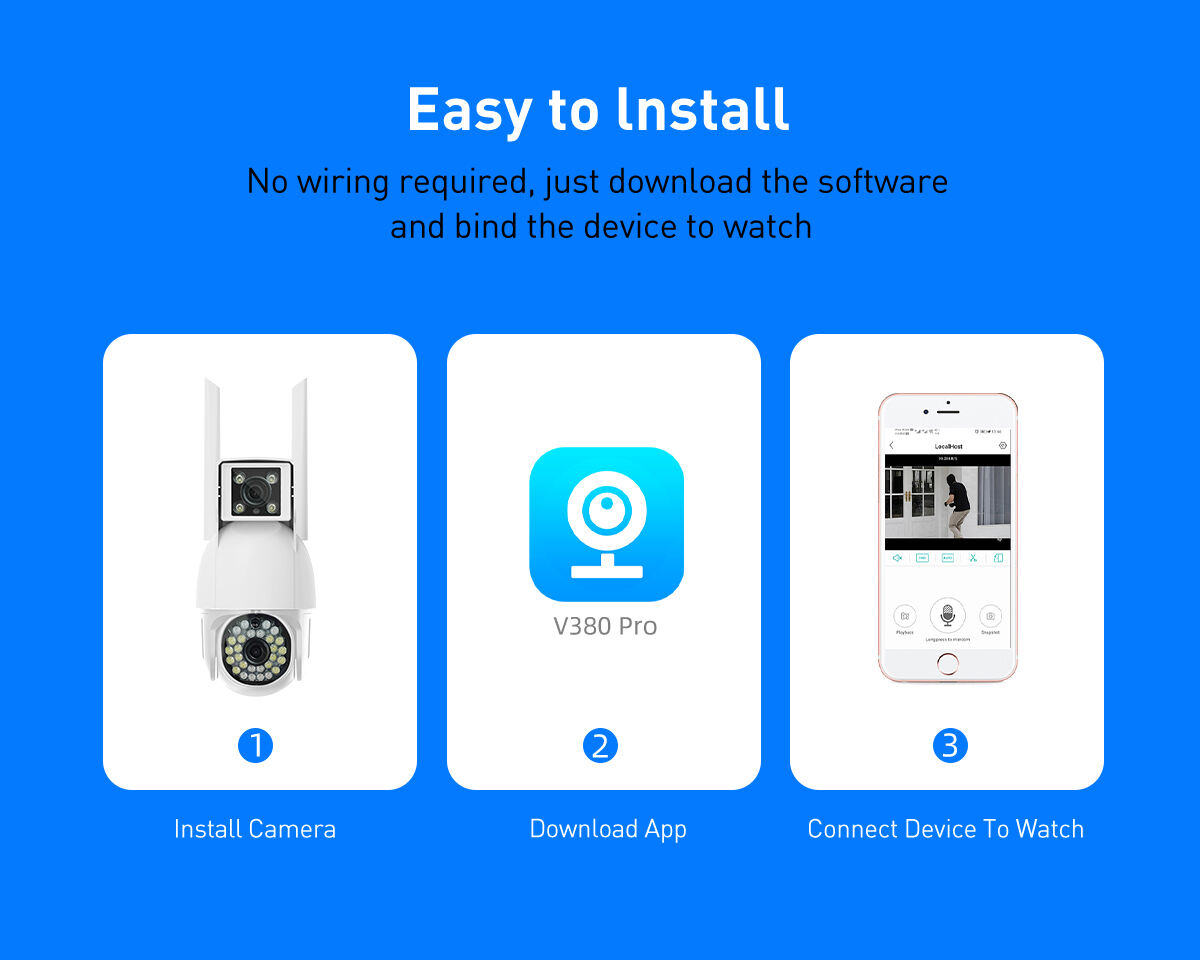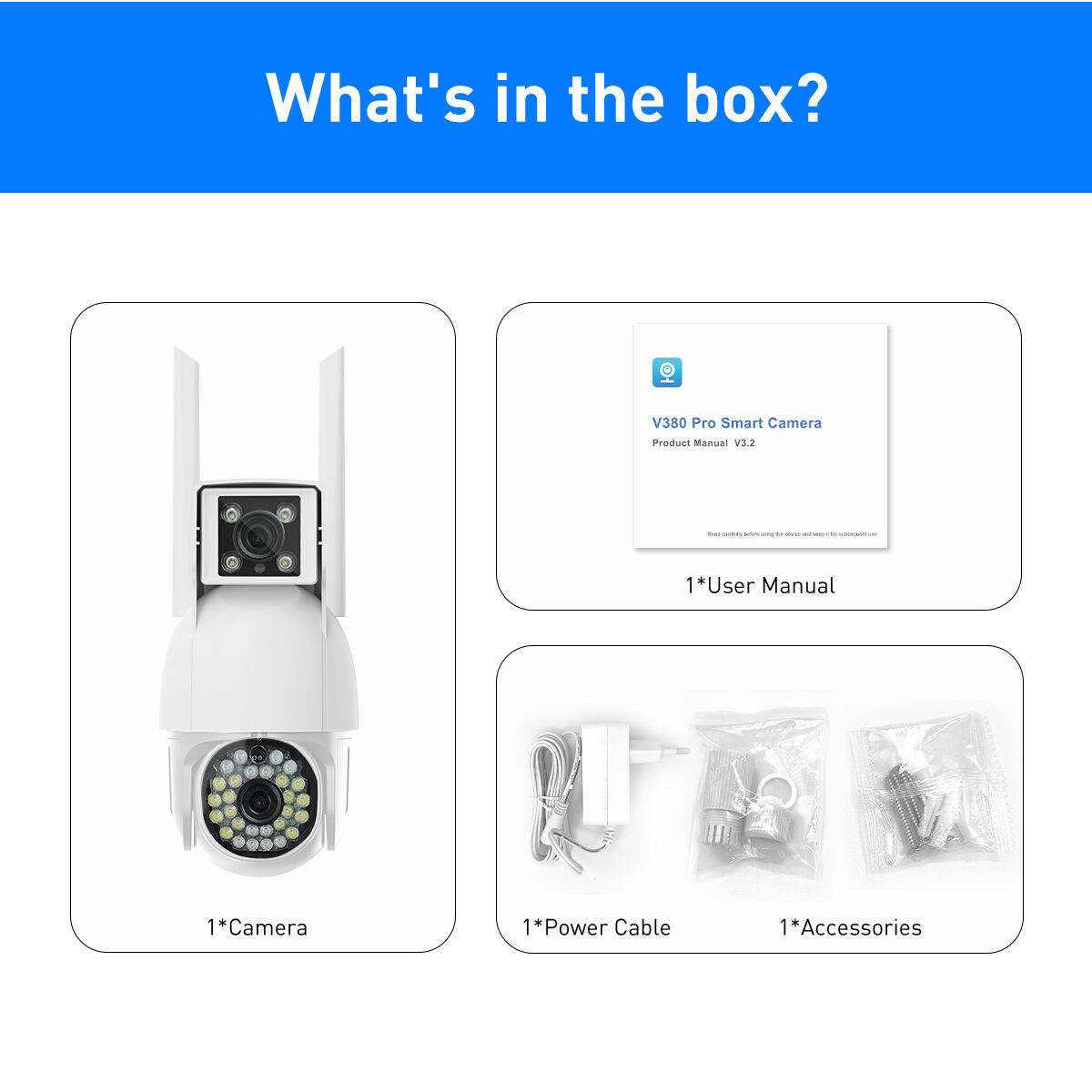dvb c dvb t2
DVB-C and DVB-T2 represent two significant digital broadcasting standards that have revolutionized how we receive television signals. DVB-C (Digital Video Broadcasting Cable) is specifically designed for cable television networks, while DVB-T2 (Digital Video Broadcasting Second Generation Terrestrial) is the advanced terrestrial broadcasting standard. These technologies enable the transmission of high-quality digital television signals, offering superior picture quality, better sound, and more efficient use of bandwidth compared to analog systems. DVB-C operates through cable networks, providing stable and interference-free transmission of digital TV signals, supporting high-definition content, and enabling interactive services. DVB-T2, as the more recent development, brings significant improvements in signal robustness and efficiency, allowing for the transmission of multiple HD channels and even 4K content through terrestrial broadcasting. The system incorporates advanced error correction techniques, improved modulation schemes, and sophisticated signal processing that ensures reliable reception even in challenging environments. Together, these standards form the backbone of modern digital television distribution, serving millions of viewers worldwide with high-quality entertainment and information services.


